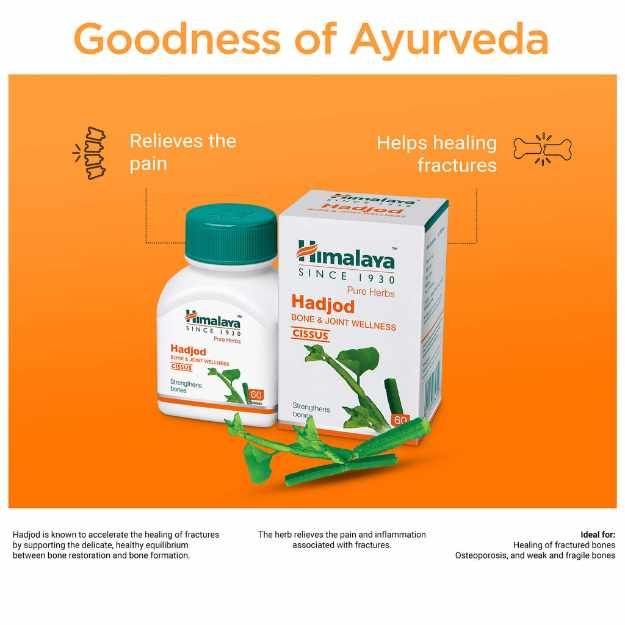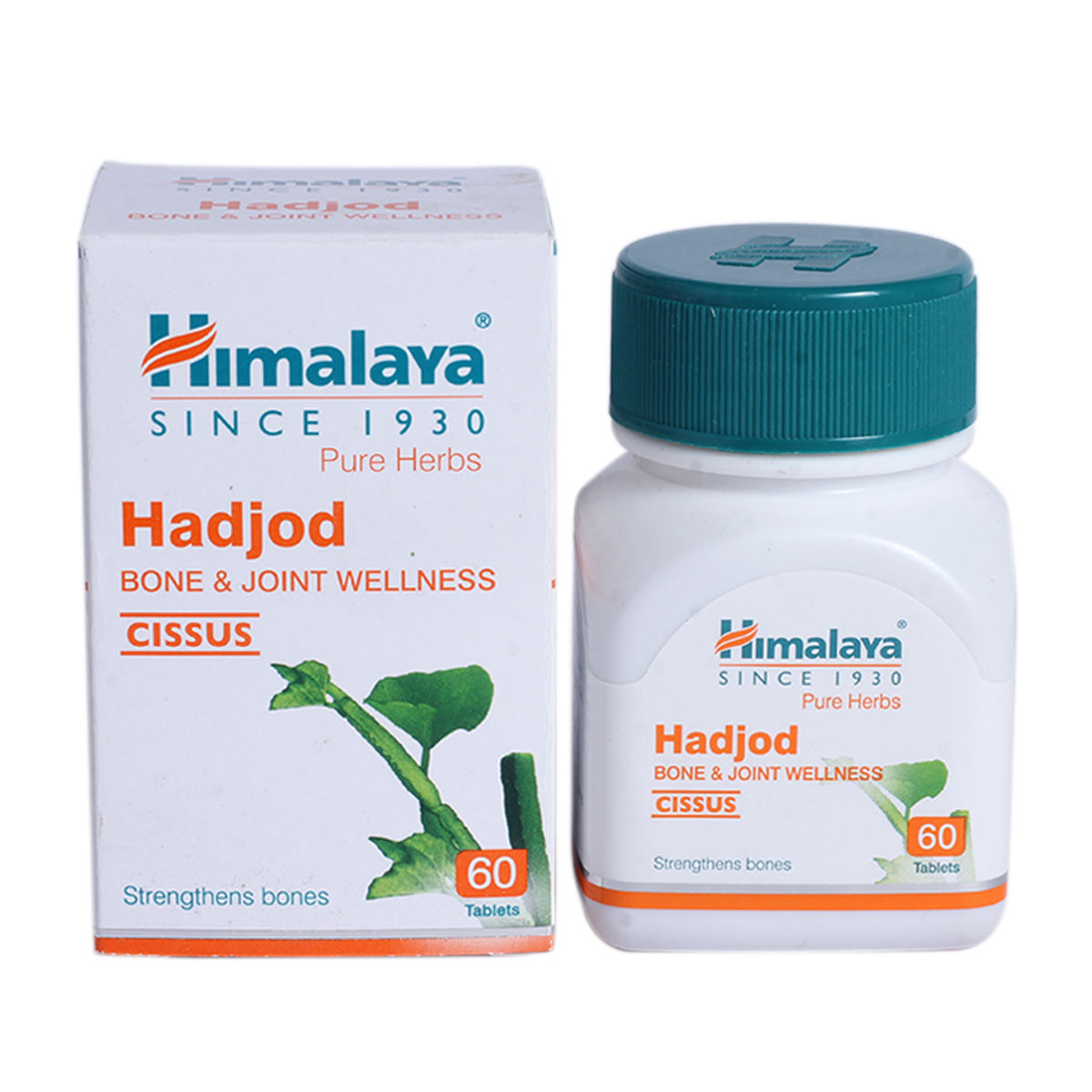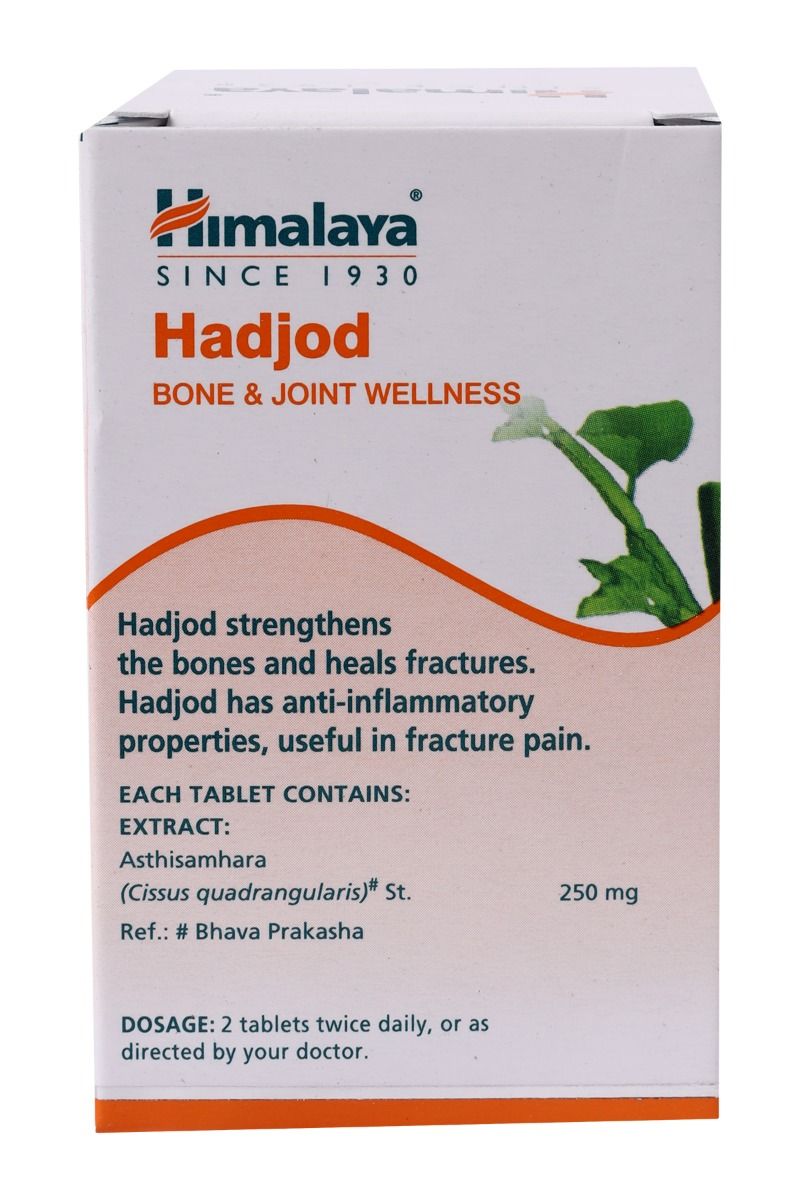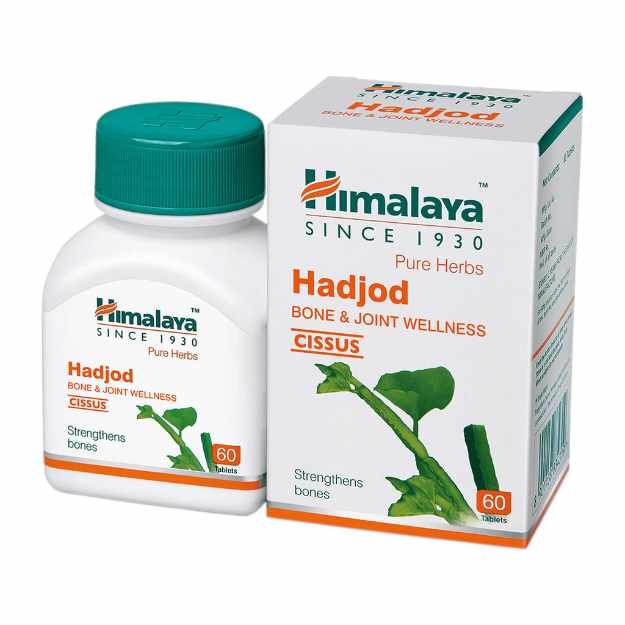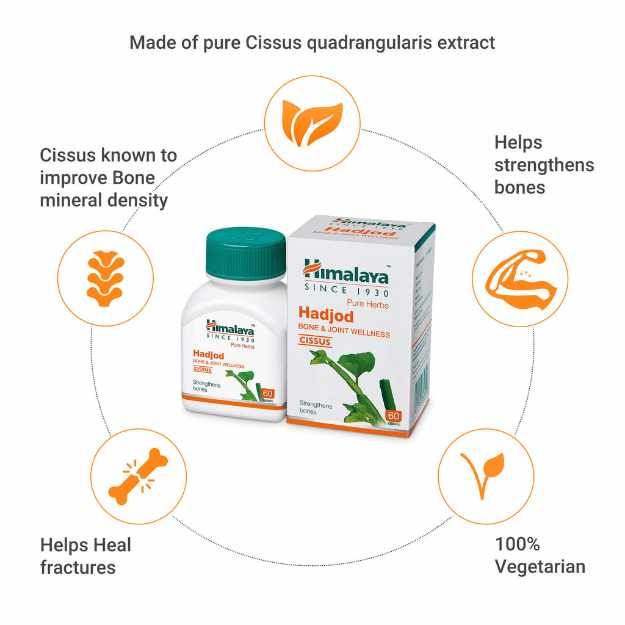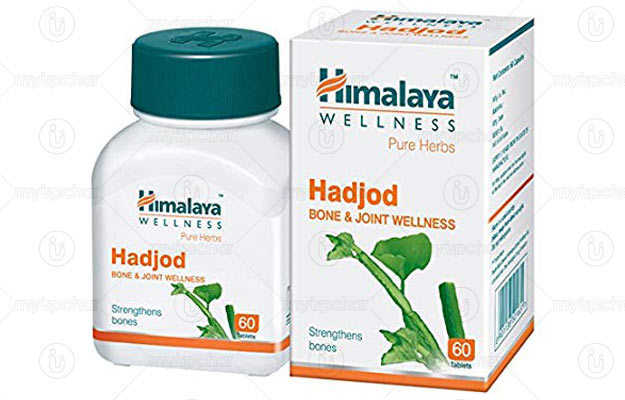Hadjod Himalaya Side Effects In Hindi

Recent reports have highlighted potential side effects associated with the consumption of Hadjod Himalaya, a traditional Ayurvedic medicine derived from the Cissus quadrangularis plant, specifically when sourced from the Himalayan region. While Hadjod is widely used in India for bone health and fracture healing, concerns are growing regarding its safety profile, especially variations sourced or processed in specific regions.
This article examines the reported side effects, investigates potential contributing factors, and assesses the overall impact on consumers who rely on this traditional remedy. Understanding these risks is crucial for both practitioners and individuals considering Hadjod Himalaya as a health supplement.
Reported Side Effects and Potential Risks
Several studies and anecdotal reports have documented adverse effects associated with Hadjod consumption. These effects range from mild gastrointestinal discomfort to more severe allergic reactions.
Reported symptoms include nausea, vomiting, diarrhea, and abdominal cramping. In some instances, individuals have experienced skin rashes, itching, and swelling, indicating a potential allergic response to the plant or its components.
Furthermore, some reports suggest that Hadjod can interfere with certain medications, particularly those affecting blood clotting. This interaction can pose significant risks for individuals undergoing surgery or taking anticoagulants.
Potential Contributing Factors
The variability in the composition of Cissus quadrangularis, depending on its geographical origin and cultivation practices, is a significant concern. Plants sourced from the Himalayan region may contain different levels of active compounds or contaminants compared to those grown elsewhere.
Processing methods can also influence the safety and efficacy of Hadjod products. Improper handling or adulteration during manufacturing can introduce harmful substances or alter the plant's natural properties.
It is crucial that standardized quality control measures be implemented to ensure the purity and potency of Hadjod supplements, irrespective of their origin.
Expert Opinions and Scientific Studies
Ayurvedic practitioners acknowledge the potential for adverse effects, emphasizing the importance of proper dosage and consultation with a qualified healthcare provider. Self-medication with Hadjod, particularly in high doses, is strongly discouraged.
Dr. Sharma, a leading Ayurvedic physician, states,
"While Hadjod is a valuable medicinal plant, it is not without risks. Patients must be educated about potential side effects and monitored for any adverse reactions."
Research studies are ongoing to investigate the specific compounds responsible for the reported side effects. These studies aim to identify safe dosage levels and assess the potential for interactions with other medications.
Impact on Consumers and Society
The concerns surrounding Hadjod Himalaya side effects have sparked debate within the Ayurvedic community and among consumers. Many individuals rely on this traditional remedy for bone health and are now questioning its safety.
The lack of standardized regulations and quality control measures for Ayurvedic products in India further exacerbates the problem. This ambiguity makes it difficult for consumers to distinguish between safe and potentially harmful products.
Increased awareness and stricter regulations are needed to protect consumers and ensure the responsible use of Ayurvedic medicines. Education about potential risks and benefits is paramount.
Moving Forward: Ensuring Safety and Quality
To mitigate the risks associated with Hadjod Himalaya, several steps are essential. First, implementing rigorous quality control measures for all Hadjod products, regardless of their origin, is crucial.
This includes testing for contaminants, verifying the authenticity of the plant material, and ensuring standardized dosages. Second, promoting public awareness campaigns to educate consumers about potential side effects and the importance of consulting with healthcare professionals.
Finally, investing in further research to understand the complex chemistry of Cissus quadrangularis and its interactions with the human body is essential. Only through a comprehensive approach can the safety and efficacy of this traditional remedy be assured, ensuring its continued use while minimizing potential harm.
